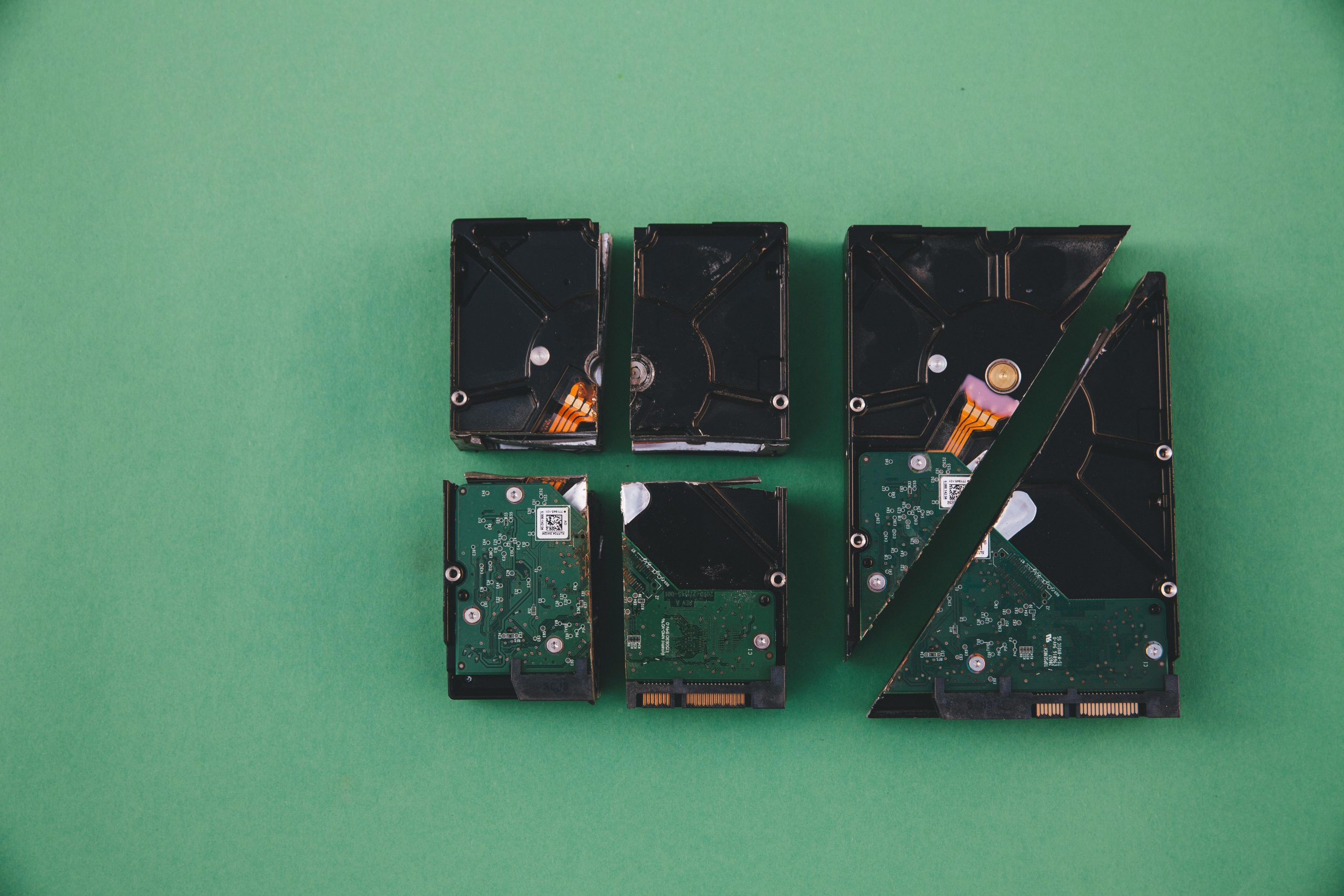How to Recover Data from a Dropped External Hard Drive: Seeking Advice
Accidents happen, and sometimes they happen to our beloved tech. Recently, I had an unfortunate incident where my WD external hard drive took a tumble—approximately two feet onto my carpeted floor. A bit of an oversight on my part for not using a longer cable!
This external hard drive held quite a bit of crucial data that I meant to organize and back up. Unfortunately, life got busy, and I didn’t manage to set aside a dedicated day for sorting through those files before the mishap occurred.
Now, I’m reaching out for advice on the best course of action for recovering my files. I’m considering a few options like Geek Squad and SalvageData, but I’m uncertain about which one would provide effective service at a reasonable price. Data recovery can be surprisingly costly, and that’s a bit alarming!
If you have any recommendations for reliable data recovery services or even tips for how to potentially retrieve data from a damaged hard drive, your insights would be greatly appreciated. I’m eager to regain access to my files and get them onto a new hard drive without breaking the bank! Thank you in advance for your help!
Share this content:




I’m sorry to hear about your hard drive incident. Physical damage from a drop can be tricky, but there are still options to consider. Before attempting any recovery, it’s essential to avoid further damage—refrain from powering on the drive or connecting it to your computer.
Often, the best course of action is to consult with professional data recovery services that specialize in physically damaged drives, such as specialized data recovery providers. They have the necessary tools and cleanroom environments to carefully retrieve data from damaged platters.
While DIY recovery might seem tempting, it can sometimes lead to further data loss if not done properly. If you decide to attempt recovery yourself, consider using data recovery software once the drive is stable, but only after ensuring the drive is not physically compromised to avoid making the damage worse.
Given the value of your data, investing in professional recovery services is often the safest route. Also, once you regain access, establish regular backups—either on multiple drives or cloud services—to avoid future worries.
Should you opt for a professional service, request a no-data, free evaluation first to understand the scope of damage and potential costs. Hope this helps, and best of luck retrieving your important files!